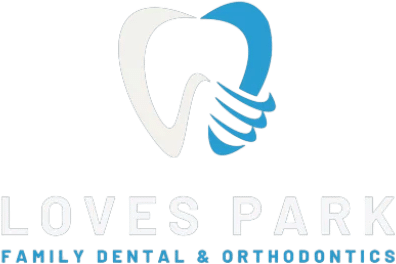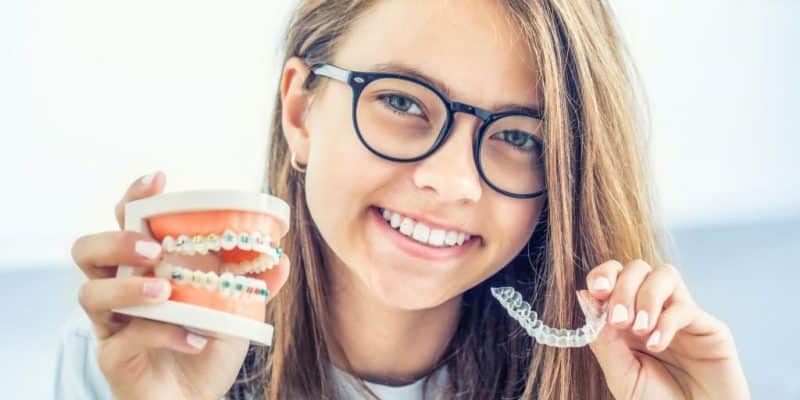In the past few years, dental therapy or the adoption of various dental orthodontics for teeth has grown significantly. Orthodontic therapies rectify multiple issues, including overcrowding, gaps, cosmetic appeal, and practical adjustments.
The acceptability and the rise in the number of persons prepared to undergo treatment to address dental flaws are a result of the accessibility of more options now than there were ten years ago.
Braces Are The Ongoing Trend
More individuals are prepared to improve the attractive look of their teeth because they have the option of more cosmetic choices, such as Invisalign, which are almost invisible.
However, each patient has different types of braces that can be employed by the dentist in Illinois, along with a variety of other appliances that are necessary for the course of treatment.
Weighing the benefits and drawbacks of each type of therapy is required to select the best course of treatment for certain individuals.
Traditional Metal Braces
Most of us picture traditional metal braces when we hear “aligners.” These are constructed from premium stainless steel. These braces include several cables and rubber bands connecting metal brackets.
These bands are utilized over time to compress the braces, progressively assisting in proper tooth alignment.
The most common version of aligners used to correct teeth is nevertheless metal braces on teeth. Even the shade of the elastic bands that you want to place around each clamp can be chosen now.
Ceramic Braces
Ceramic braces are transparent, tooth-coloured appliances. They function similarly to metal braces but are more covert and less noticeable.
Patients of dentists in Illinois who don’t think Invisalign or lingual braces are suited for them but still wish to straighten their teeth discretely and economically are most likely to choose ceramic braces. These patients are mostly young people and grownups who are aesthetic-driven.
Ceramic braces are a more discrete and cost-effective option than metal braces than the latter. Nevertheless, you should be aware that these braces are significantly larger than metal ones because of their size and potential for staining.
Self Ligating Braces
These resemble metal teeth braces in look and operation; however, instead of using elastic bands to hold the wires in a place like in metal braces, these use metal doors. Traditional braces for teeth use metal ties or elastic bands to hold the wires in place.
These materials tend to lose their strength or flexibility after a specific number of days, at which point no mobility is possible.
In contrast, self-ligating brackets include a door mechanism that keeps the wire in position and is constantly active to move the teeth more quickly than conventional braces. Self-ligating braces come in two varieties: Active brackets and Passive brackets.
The moving elastic clip arrangement on the Active brackets presses against the Archwire to keep them active and rotate the teeth.
The Passive brackets are intended to maintain teeth without causing movement since they include a sliding mechanism that does not force against the Archwire.
Lingual Braces
Lingual braces are similar to standard braces in that they are not easily seen from the outside due to their metal construction and attachment to the inside of the teeth. However, this type’s obvious advantage is that it is hidden between the teeth, making it undetectable to others.
Nevertheless, they are less efficient than conventional braces and frequently take longer to align teeth as intended. Due to their proximity to the tongue, they could also cause discomfort for the patient. Finally, they are more challenging to clean.
Invisalign
The most distinctive kind of braces are called Invisalign since they don’t use brackets and wires and instead employ a series of individually created translucent plastic retainers that are placed over the teeth.
These aligners can be easily removed and replaced every two weeks throughout treatment with the subsequent ones in the sequence. Most people between 18 and 30 opt for aligners to get the desired results.
Many patients of orthodontists in Illinois find that this style of braces is preferred because they are virtually unnoticeable and provide them more flexibility to drink and eat whatever they want.
Due to their astronomical price tag, they are only suitable for treating modest to severe dental issues in adults and teenagers.
Conclusion
All orthodontic therapy or braces treatment is particularly well suited to treat a particular problem. Therefore, discussing your oral condition with your orthodontist in Illinois is always wise. Only once you’re sure about the possible options can you get the best braces based on your requirements.
Dreaming Of The Perfect Smile?
The perfect smile isn’t a myth anymore. With professionals at Loves Park Family Dental and Orthodontics, getting a model-like smile is only a matter of time. Our experts and years of experience help you get the picture-perfect smile in a few meetings. So wait no more; connect with our professionals at 815-633-7295 to know more.

